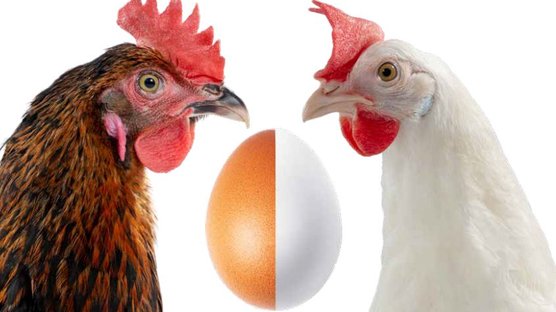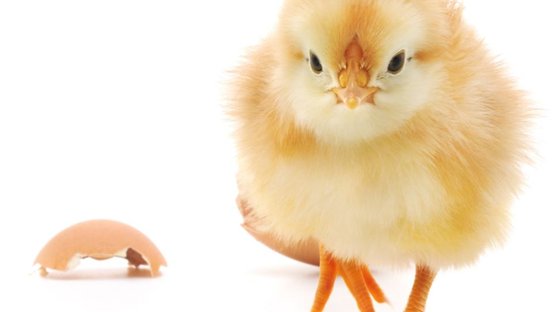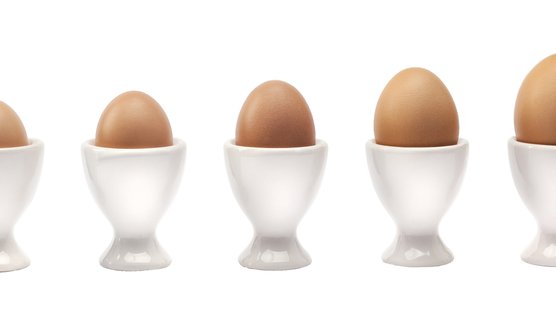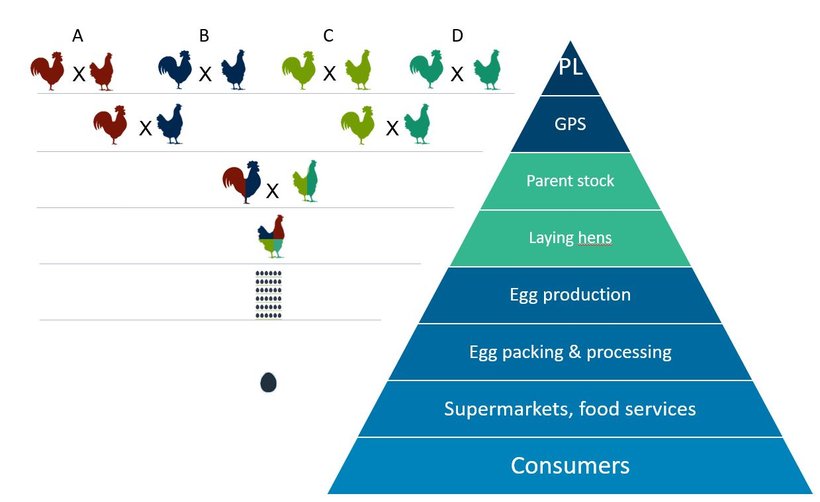
Published on May 29, 2024
Research and development: critical success factors
Teun van de Braak, explains the most recent advances in breeding, research and field testing and explores some of the critical success factors that underpin the genetic progress of the Hendrix genetics laying hens.
Historic starting point
When Hendrix Genetics was formed, by the merger of ISA and Hendrix Poultry Breeders in 2005, they integrated their breeding programs into a comprehensive operation, leveraging the strengths of both in genetic lines, selection methods, data records, and recurrent testing programs. Back then, the most significant change was extending the testing period to 100 weeks of age and beyond. The extended production cycle in our pure line and field tests is critical to our mission: to set the standard for sustainable animal breeding by increasing the number of first-quality eggs produced by every laying hen that gets housed.

The extended production cycle adopted in our pure line and field tests is the real key to realizing our mission to breed layers capable of laying 500 first quality eggs per cycle. We have learned from past observations that the birds that produce the best eggs up to 60 weeks are not always the birds that also produce the best eggs at an older age.
Field Performance Data and Recurrent Testing
Recurrent tests (testing crossbreds in the field) are essential to our breeding program. To evaluate the performance of crossbred birds under commercial and diverse climatic conditions, our recurrent testing program now includes hundreds of thousands of pedigreed birds annually. These tests involve daily recording of egg numbers and mortality, as well as egg weight, shell strength, shell colour, internal egg quality, Haugh units, feather scores, bone quality characteristics, and social interactions between the laying hens.
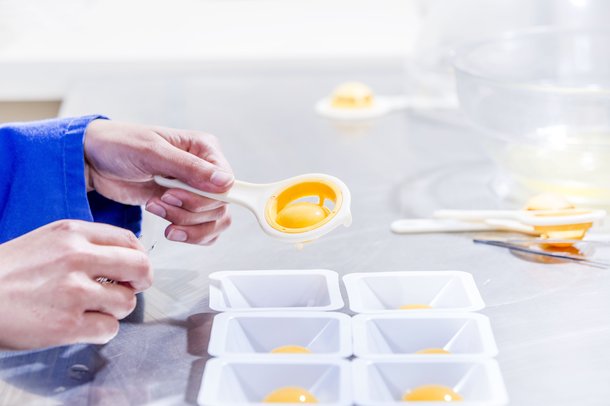
Data collection uses handheld computers and advanced measurement devices, with data sent directly from farms to a central, in-house developed, database for analysis using bespoke software. Breeding values, determined by pure line, recurrent test, and genomic data, guide the selection of the best candidates for further breeding, continuously improving the gene pool with each generation. Selection focuses on genetic potential for maximum egg production without compromising egg quality or bird health, emphasizing different traits based on market needs such as egg size, internal quality, robustness, and efficiency. These improved pure lines then pass genetic advancements to the GPS, PS, and ultimately the commercial laying hens.
Collaboration – The HenTrack Project
Collaboration underpins our breeding program. The HenTrack project, established to leverage data from cage-free housing systems, involves our partnership with the renowned University of Bern in Switzerland, initiated by Dr. Toscano. The HenTrack research consortium addresses the behavior of chickens in cage-free environments. Combined with the data from our traditional field tests in conventional or enriched cages, we are able to integrate traits with direct economic impact, like egg numbers and egg quality, with behavioural traits, like nesting behavior and time spent in the winter gardens. The HenTrack research consortium also emphasizes traits like forgivingness and robustness, identifying birds that recover best and are most resilient in terms of production, feathering, and mortality.
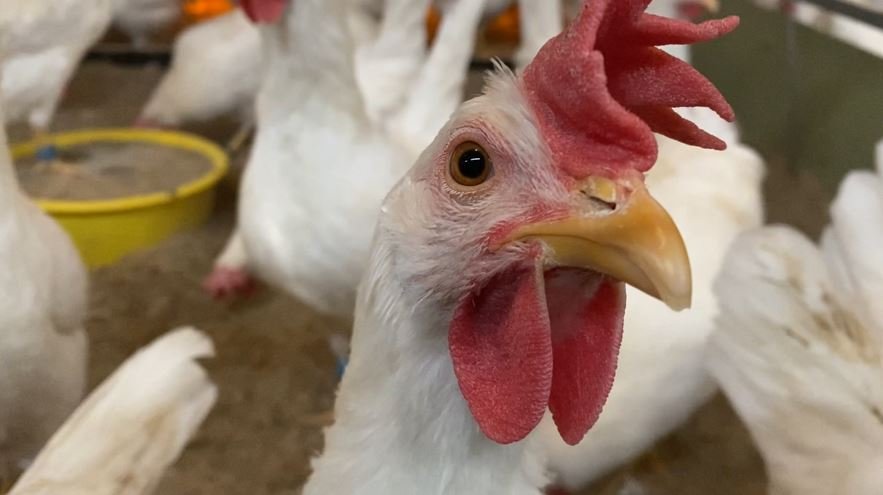
Genomic selection
Genomic selection in chicken breeding involves using DNA analysis to identify genetic markers linked to desirable traits such as egg production and quality. This process includes collecting genomic and phenotypic data, developing a prediction model, and selecting breeding candidates with high genetic potential. It improves accuracy and efficiency by identifying superior birds earlier and optimizing resource use. Genomic selection accelerates genetic improvement, allowing for simultaneous enhancement of multiple traits. Integrated with traditional methods, it creates a comprehensive breeding approach. Continuous research ensures the models remain accurate. Genomic selection has revolutionized the global egg industry by significantly improving egg production, egg quality, longevity, and overall bird health.
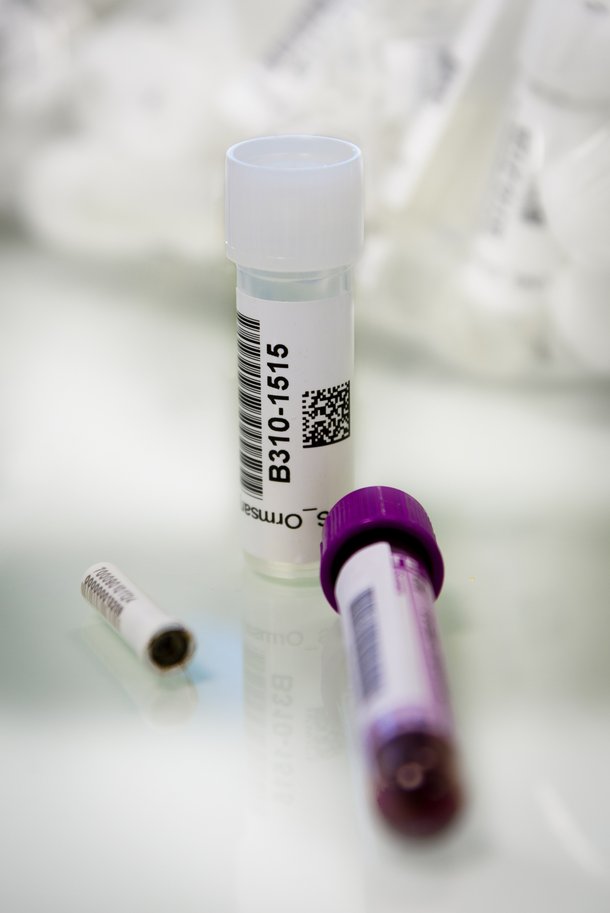
The power of data
Integrating AI, Big Data, and data automation in animal breeding R&D enhances efficiency and accuracy. AI models predict breeding outcomes and improve genomic selection, while Big Data integrates diverse datasets for comprehensive trend analysis and real-time decision making. Data automation streamlines data collection and processing and reducing errors. These technologies optimize our breeding program, and help us to improve our chicken layer breeds. Real-time data insight contribute to better animal welfare through precise monitoring and timely interventions. Overall, these innovations are crucial for advancing animal breeding to meet future demands sustainably.
Continuous Investments in Innovation
We invest over 20% of our turnover in our breeding program to achieve our objectives. Over the last decade, we have expanded field testing to account for diverse climatic conditions, extended our pure line testing farms to keep our pure lines for longer laying cycles, upgraded egg quality research facilities globally, and increased our collaboration with renowned research institutes like CSIRO, the University of Bern, Wageningen University and Research, the Breed4Food consortium, and Schothorst Feed Research. Additionally, we continue investing in and expanding our genomic selection program to enhance the speed and accuracy of poultry breeding.
Our continuous investment in research and development, particularly in genomic selection and innovative field testing programs, has significantly advanced the global egg sector. By integrating cutting-edge technology and collaboration with leading research institutes, we ensure the highest standards in egg production, quality, and bird health. Our commitment to sustainability and product excellence drives us to remain at the forefront of the industry, setting new benchmarks for the future, or as we like to say, “Better Breeding today, for a Brighter Life tomorrow.”

